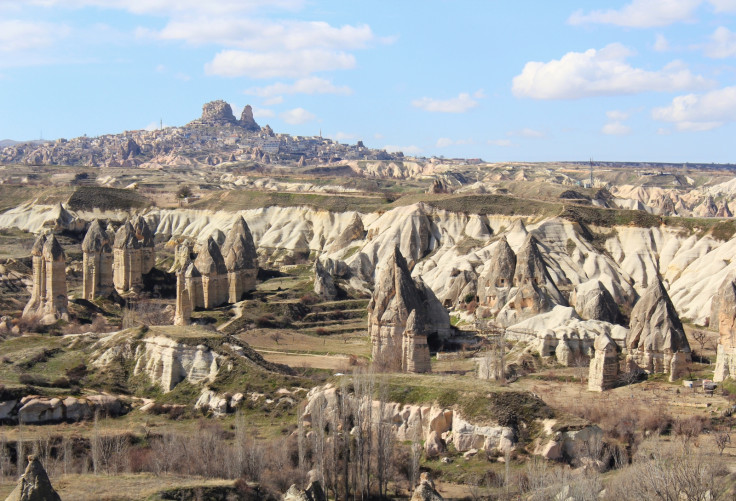Turkey: Vast ancient underground city was permanent home to thousands 'rewriting history'

A vast and ancient underground city discovered in the Central Anatolian Nevşehir province, Turkey, was the permanent home to thousands of people, authorities have said. The 5,000-year-old city was discovered in December 2014 and is believed to be the world's biggest underground settlement ever to be found.
Since it was found, archaeologists have been excavating the space and they have now revealed the city would have had chapels, tunnels, living spaces and areas to produce linseed oil. Unlike other underground dwellings that populations used for temporary protection, the city in Cappadocia would have been the permanent settlement of the community – rewriting history, Nevşehir mayor Hasan Ünver told Hurriyet Daily News.
Posted by NevÅŸehir Platformu on Thursday, October 22, 2015
"When the works are finalised the history of Cappadocia will be rewritten. We have reached significant discoveries; new long tunnels and spaces where people lived all together. Places where linseed oil was produced, chapels and tunnels combining various living spaces in the underground city were found.
"This is a real underground city where they resided permanently and not like other underground cities where they had lived temporarily. We are definite that we will also reach very important information and discoveries regarding world history."
Archaeologist Semih İstanbulluoğlu said that while they currently believe the city dates back to the Hittite era, it could be even older – laboratory analysis should confirm this. In addition to the buildings, he said they found tobacco pipe-like objects made from meerschaum.
Posted by NevÅŸehir Platformu on Thursday, October 22, 2015
The underground city was discovered by workers on a Turkish Housing Development Administration (TOKİ) urban transformation project. They demolished around 1,500 buildings to find the underground city sitting beneath. Previously, Ünver announced the city was around 460,000sq m in area and 113m high. Tunnels stretch for at least 7km and are wide enough for a car to pass through.
Özcan Çakır, associate professor at the Geophysics Engineering at the Canakkale (18 March) University, said they believe a farming community lived at the site and that they used these tunnels to carry agricultural products into the city. He added: "We also estimate that one of the tunnels passes under Nevşehir and reaches a faraway water source."
© Copyright IBTimes 2025. All rights reserved.






















